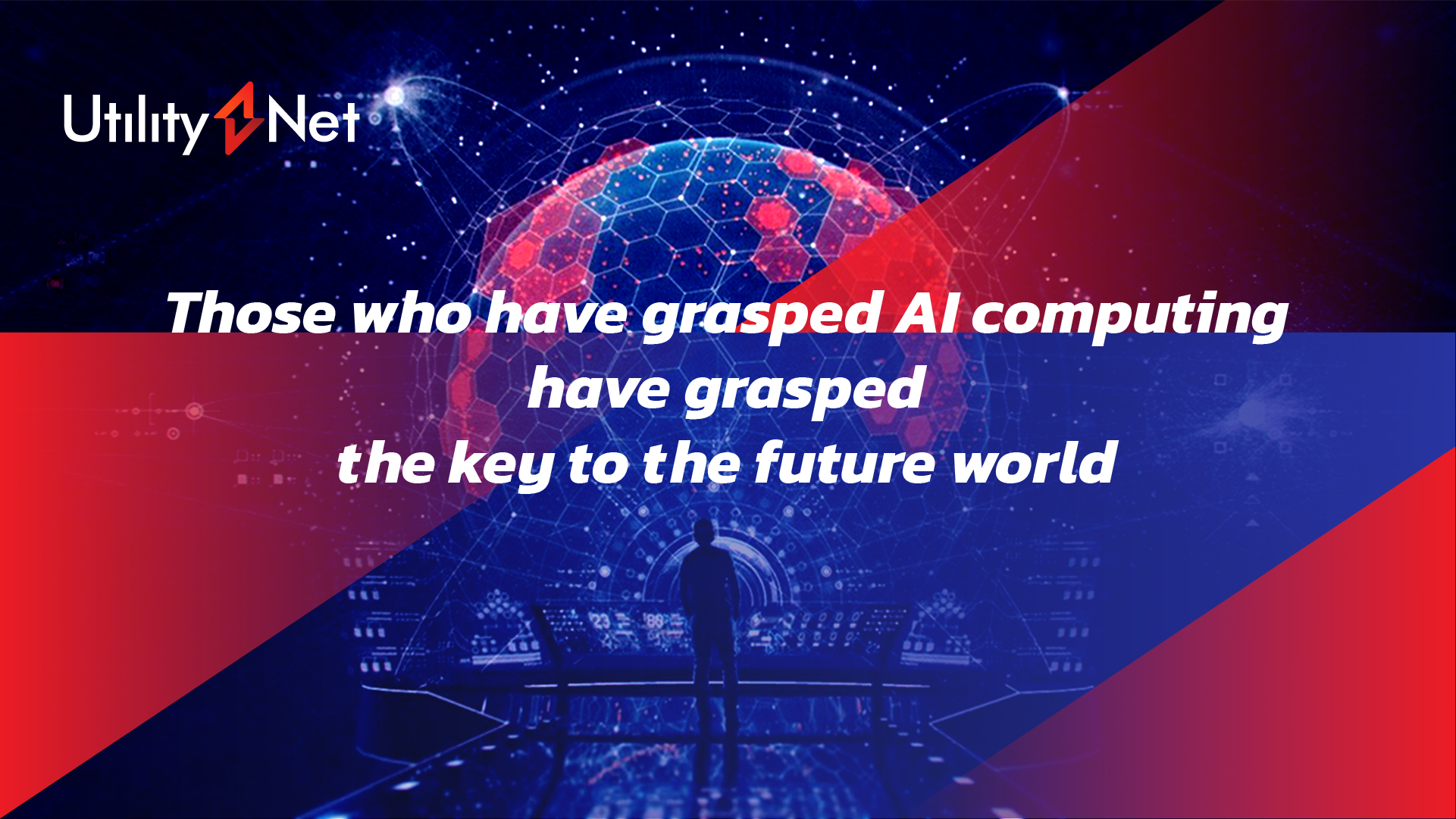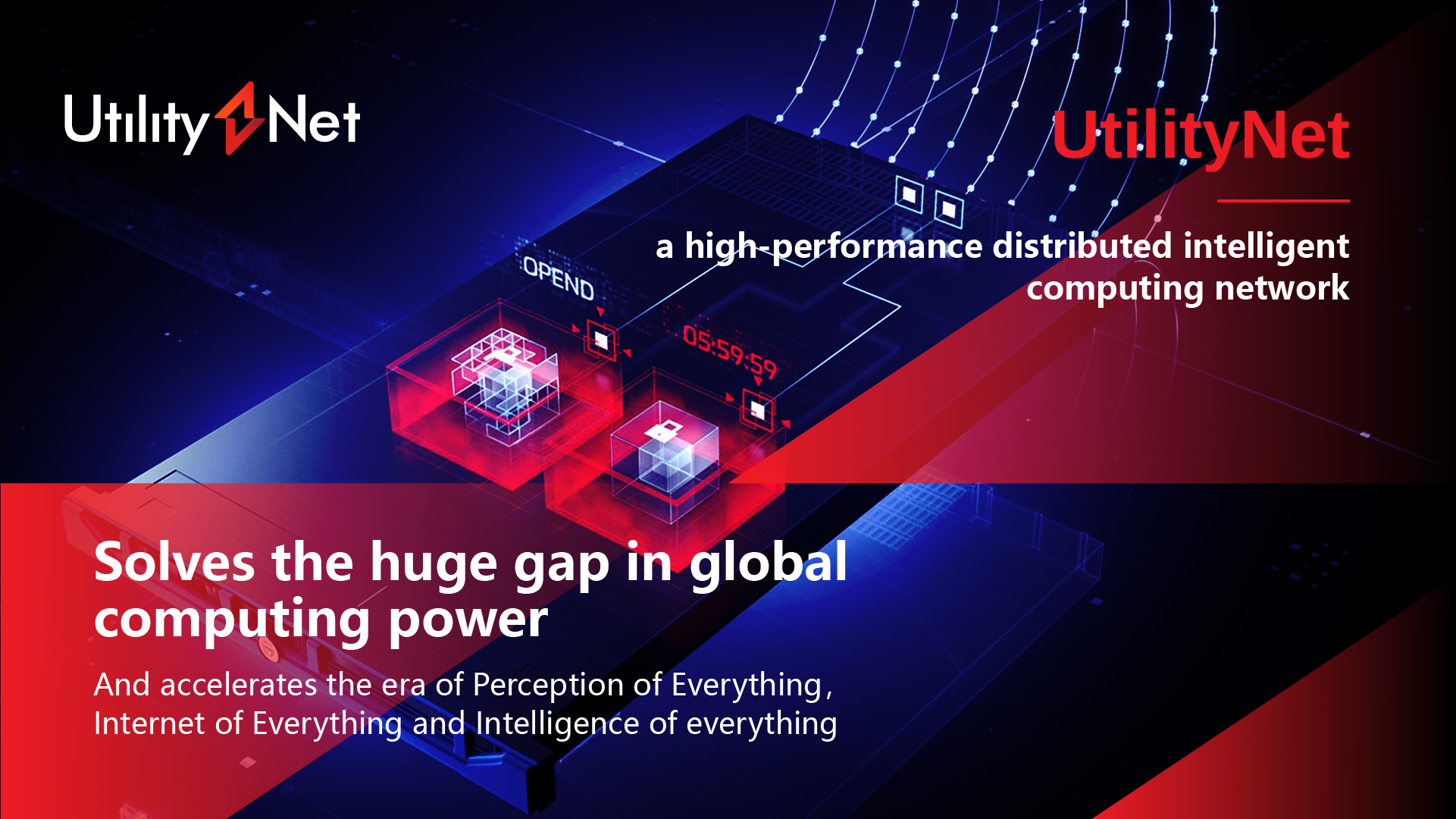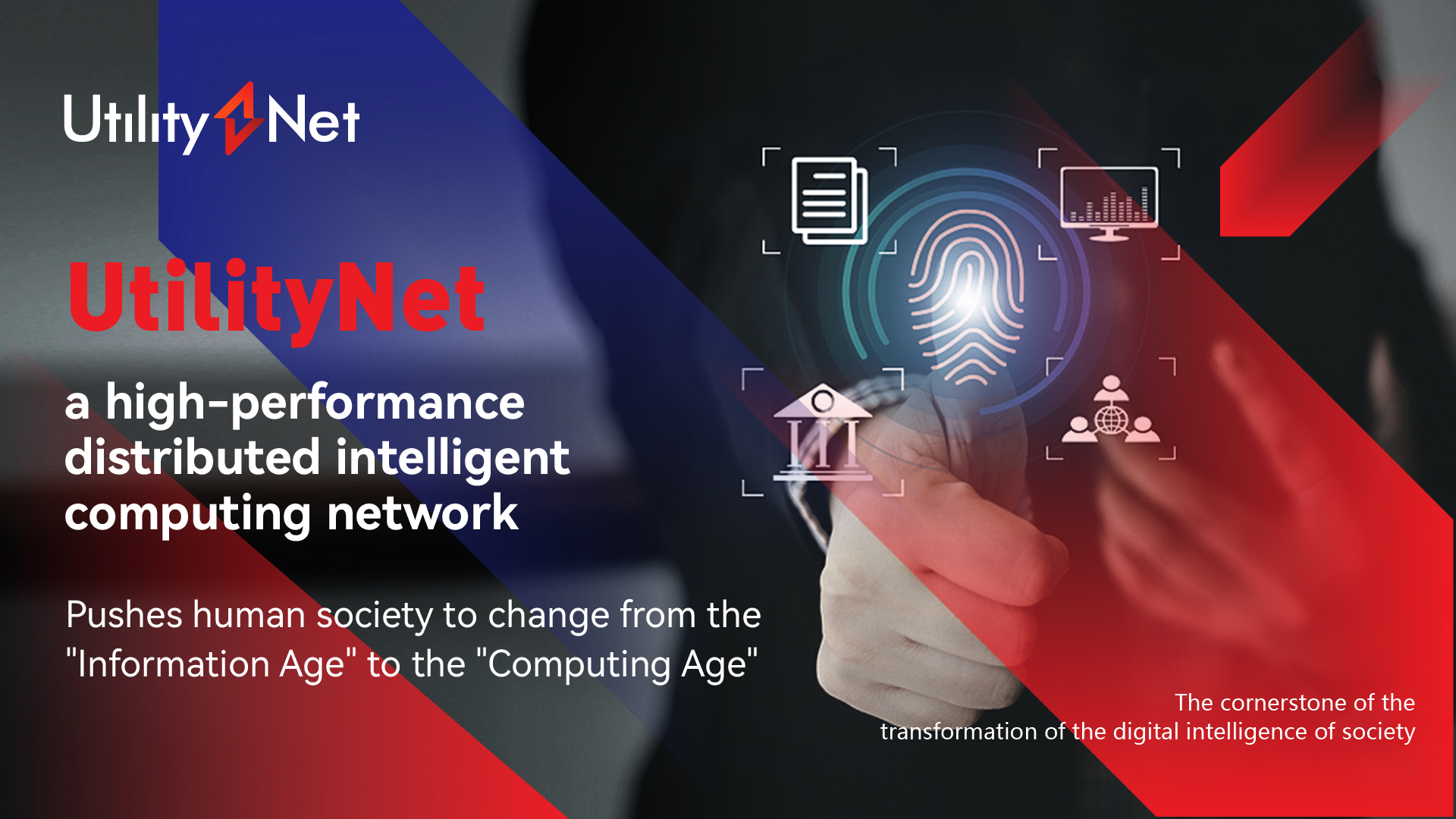2022-11-16
At present, a new round of industrial transformation and scientific and technological revolution is accelerating. The production mode with digital technology as the core power is booming, which is pushing human society into the digital economy era. As a key component of digital technology, computing has become a key support for the development of digital economy.
Incubation
On April 24, 1982, IBM officially launched the first personal computer. Human society entered the information age, intelligent terminals began to enter people's daily lives, and data began to be generated and flow in large quantities.
On August 6, 1991, Tim Berners Lee officially introduced the World Wide Web to the world. Human society has entered the Internet era, and intelligent terminals have begun to preliminarily interconnect, and the flow speed of data has been improved geometrically.
On January 3, 2009, Nakamoto created the first block in the Bitcoin blockchain network. The blockchain was born, the importance of computing reached the highest point in history, and the flow and storage of data obtained a new form of organization.
However, when the history moves forward to the end of the second decade of the 21st century, hundreds of millions of intelligent terminals, or computing nodes, are still idle for more than 90 percent of the time, and cannot make full use of them. Data ownership, privacy protection and value definition have not yet been truly established. Such a discrete, isolated and privacy free Internet architecture is waiting for the most thorough change, so that it can truly give full play to its computing function and data value, and bring benefits to the development of human civilization.

March
The continuous development and accumulation of technology has led us to an important historical juncture once again - a new generation of computing networks is bound to emerge at the historic moment when the traditional computing architecture of monopoly governance structure, computing, algorithms and data can no longer meet the needs of computing complexity and data security mobility.
UtilityNet - decentralized distributed intelligent computing network service system, as our vision and practice for future computing architecture, will lead us to the future digital world. UtilityNet is an incentive layer on the HPCS high-performance intelligent computing distributed network. UtilityNet and HPCS are more integrated in order to create a larger, low-cost and more efficient large computing chain network, which is different from the traditional centralized computing network and cloud computing network. UtilityNet will build the world's largest intelligent computing cluster resource pool.
UtilityNet is committed to making data mobile and computing trusted. From then on, people and people, people and things, things and things have been deeply connected, so that they can organically build a real next-generation network to help everyone participate in it, contribute to others, and become an indelible part of the whole.
Just as the construction of an extraterrestrial expedition base requires the concerted efforts of many parties, UtilityNet is a super infrastructure and operation service for a very large, fully digital world, and also a system that is in the early stages of development and is not yet complete enough. The complex network created by UtilityNet is facing huge technical challenges. There are many problems in the design of distributed architecture, cryptology algorithm, game theory mechanism, hardware implementation and network construction, which need theoretical breakthroughs in academia and little exploration in engineering. Some problems are even intellectual challenges facing all mankind. Therefore, we will not adopt the mode of independent closed development and centralized launch, but will develop and realize rapid iteration with our technical community through open source. In this way, our research and development results can also be gradually applied in a variety of different scenarios as soon as possible. Through the joint development of the technical community and the collection and optimization of the application, we can continuously optimize the functions of the entire UtilityNet and solve the problems one by one. With the support of the technical community, we will continue to carry out multi version rapid iteration to promote the continuous optimization and improvement of various systems, including the basic chain, consensus algorithm, smart contract, MPC, VC, and various clients.

Explore
UtilityNet - WEB3 Infrastructure
UtilityNet Al aims to build an infrastructure that enables Web3 and metaverse, to solve a pain point in the current digital asset ecosystem: by providing powerful, low latency, cost-effective and reliable computing resources, developers can easily deploy dApps in a decentralized manner to meet the growing demand for computing from applications such as Web3/metaverse.
UtilityNet - Distributed A Computing Network
UtilityNet Al aggregates distributed physical computing resources of A into a huge computing pool to execute computing tasks in response to different development needs. For developers, operating a distributed cluster A resource can be as simple as using a computer.
The computing tasks cover graphic processing, machine learning, data analysis and control mining, and the latest deep learning technologies. The deep learning module provides multiple performance optimization schemes from data, algorithms and models, provides fine granularity scheduling and deployment, and accurately supports the exclusive and sharing of A computing resources such as specific TPU, GPU, CPU, and memory of a single node, so that developers can focus on their own professional areas for efficient development.
Objectives in Phase I Test Development
2. Support the allocation, recovery and task scheduling of computing resources of 100000 level clients
3. Users can apply common deep learning and reasoning frameworks
4. Support fine allocation of single TPU resources
5. NVMe+RDMA high bandwidth low latency hybrid flash memory
6. Alcomputing cost is 2-4 times lower than commercial price
In the software resource layer, UtilityNet will integrate common deep learning frameworks such as Caffe, Darkenet, MXNet, ONNX, PyTorch, PaddlePaddle, TensorFlow, as well as common deep learning data sets such as Mnist, MS-COO, ImageNet, to provide developers with a software hardware integration solution
UtilityNet's computing cloud and edge computing
To achieve efficient distributed AI computing, the performance of TPU, GPU, CPU, memory, bandwidth and network latency of hardware nodes is highly required. Considering the complex global network environment, edge green computing must also be considered. UtilityNet consists of a data center node composed of server clusters, and a side green node composed of a large number of decentralized personal devices, aiming to achieve the ultimate energy efficiency ratio of AI supercomputing network
UtilityNet's Hyper Heterogeneous Distributed Computing Network
The next computing revolution will be based on heterogeneous computing.
AI computing, both the growth of data scale and the diversification of data forms are far beyond the current processing and computing capabilities. Architecture innovation will be the main driving force of innovation in the next decade, and heterogeneous computing will bring exponential expansion effects. AI computing, there are mainly the following requirements: multiple computing acceleration, time to market considerations, scalability, development, data bandwidth extension, price, training speed, real-time derivation, energy efficiency ratio, and volume. The diversified computing architecture includes scalar, vector, matrix and space, which are applied to CPU, GPU, AI, FPGA and ASIC products respectively. The performance, compatibility and learning cost of different development frameworks are important factors that affect development efficiency. Complex development environments and frameworks that cannot be updated synchronously cause developers to spend a lot of energy to solve problems themselves. These all depend on the construction of the ecological chain. The integration of solutions from all parties, and the support of languages, compilers, frameworks, and runtime are the challenges faced by UtilityNet.
UtilityNet aims to integrate different hardware architectures and software programming frameworks in the second phase, and realize super heterogeneous distributed computing network based on blockchain.
UtilityNet makes metaverse more intelligent
At present, the non player characters (NPC) in the game world are indispensable and also stupid. Whether they are passers-by, soldiers, BOSS and scenario driven characters, they can only give anti debt according to the program settings. The physical interaction of non living objects is also very rudimentary. The human-computer warfare strategy and large-scale strategic relocation are monotonous and low-energy. The virtual world is still extremely limited in scope and framework
Let's imagine a set of metaverse driven by UtilityNetcomputing matrix and strategy field, and an unlimited amount of low-cost Alcomputing to enable the whole world to continue to conduct in-depth learning and self-development:
NPC will become more and more intelligent, even have independent personality, have real feelings, and gradually awaken
Large scale A strategy is ever-changing, without too much manual debugging and intervention, physical collision, destruction and interaction are becoming closer to reality and even can form self consistency of physical laws of different parallel universes (ecological projects)
This is a colorful world full of vitality and surprise. The unlimited output of Alcomputing is no less than the ideal of nuclear fusion in the real world, but the degree of realization is far lower than that of nuclear fusion. UtilityNet combines global servers, stranded PCs, mobile phones and AI computing devices to conduct low latency and high-speed on-demand output to form AI supercomputing network, which is a breakthrough in technology and ideas, and a great practice of carbon neutralization in the blockchain

Future
As depicted in The Galactic Empire, thousands of people have a galactic dream. Behind the wave after wave of alien migration movement is the endless pursuit and pursuit of human beings for progress, development and the future.
UtilityNet is just the starting point of a long journey in the computing world. Welcome to join us to explore a new world of data sharing and utilization!